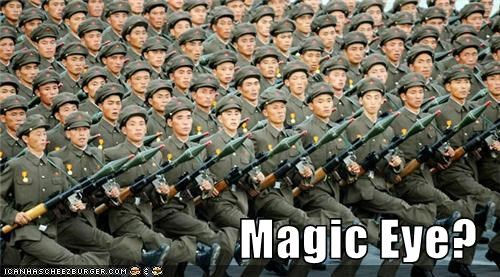Theorizing Advanced Module A
- Diving Bell

- May 13, 2020
- 3 min read
Often we move straight into the study of the texts themselves in Module A without thinking about influence and intertextuality themselves. It's worth it - after all, the module proposes something that's almost counterintuitive nowadays, viz. the value of not being original, and making a direct, possibly even unflattering comparison between yourself and a great predecessor.

Not all homages work, as Pinterest Fails show
Why do this? What's really going on in the relationship between a later writer or maker and their literary influencer? Why would they want to make public this relationship of formation and tutelage?
You could begin by pointing out that the obsession with being original is really only as old as the Romantics. Edward Young's Conjectures on Original Composition came out in 1759 and was one of the first critical works to congratulate writers (German ones, but never mind) for being original. Before that, thinking about how different works had handled the same material was a key feature of critical appreciation in any medium - look at the number of paintings, sculptures, lyrics, and musical works which handled the matter of the Virgin Mary.

Like Lucas Cranach's creepy obsession with Judith
For a very long time (i.e. since Homer until about 1750) a distinction was made between the res and the verba - that is, the idea and the words (or brushstrokes, chisel-cuts, musical notes etc). In our commercial, egotistical terms, it boiled down to ownership: nobody owned the res. It was just out there, somewhere, in the wafty realm of ideas. Who owns the 'idea' or articulation of adding, in mathematics? Same thing with the res of artistic works.
Although the verba could be attributed to Shakespeare, or Holinshed, or Tacitus, or whoever actually laboured away writing it down, the writer was simply trying to say clearly something that was not their own intellectual property. In fact, the concept of IP would simply have made people laugh, until about Shakespeare's time. The idea was that everyone was trying to get closer to the res, and that every attempt at it made the thing a little bit clearer.

And then there are people who copy stuff to make it even more confusing.
Then along came the German Romantics and suddenly it was all about the Wonder of Me. Self, Artistic Identity, and Originality were all tied up together. They wanted to be original; they didn't want to be put in a lineage of people all diligently trying to clarify something outside themselves - they wanted to be the only person who'd ever thought this thing, or written it down, or painted it, in the whole history of the world. And so we became obsessed with being original.

It's incredible how compound nouns make your language sound original...or nuts
And thus we proceeded, from the Romantics, to the high Victorian novel, to the Modernists, all being Original and Novel, and Making It New. Then the post-war misery set in and the French theorists all shrugged elegantly and said that nothing was original and it was all just a pastiche of other people's stuff all the way back to turtles.
In 1973, an academic at Yale called Harold Bloom wrote a book called The Anxiety of Influence which (ironically, quite originally) discussed this idea of artistic influence and the Romantic drive to break with constraining teachers and free oneself. He proposed a psychological approach which tried to explain why a poet might do this. He called it Six Revisionary Ratios, and gave them fancy Greek names, but essentially it was a model of deliberate misreading by which a younger writer deliberately broke from his precursors, producing a new work from the misreading of the old one.
If you haven't read The Anxiety of Influence at university, you should. If you're teaching Extension, you definitely should. A lot of it now comes across as psycho-mumble, but it is a fascinating example of someone trying to explain why a writer like Margaret Atwood would take on The Tempest, or Jane Campion the poetry of John Keats, or Al Pacino pretty much the whole 'idea' of Shakespeare.
Here's a famous snippet from Bloom. Put it before your Advanced Module A classes and see what they think about it. Does it really explain how and in what way literary influence works?
Poetic Influence—when it involves two strong, authentic poets—always proceeds by a misreading of the prior poet, an act of creative correction that is actually and necessarily a misinterpretation. The history of fruitful poetic influence, which is to say the main traditions of Western poetry since the Renaissance, is a history of anxiety and self‐saving caricature, of distortion, of perverse, willful revisionism without which modern poetry as such could not exist.
Can we see the later work as an attempt to break free of the earlier one by deliberately misreading it? Or is it just a horrible Pinterest Fail in the guise of well-intended homage?


Comments